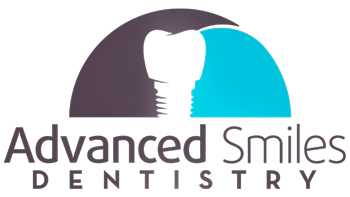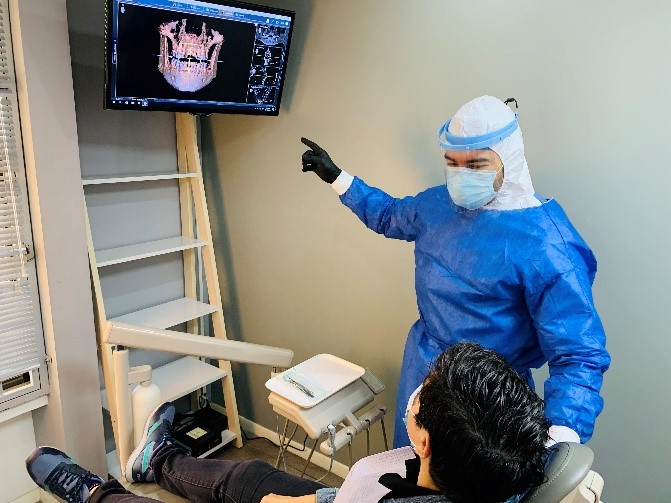Have you ever been on a dental consultation hearing your dentist saying a lot of unknown dental terms? Even when they give you your treatment plan you can find more words that are not on our common vocabulary. Don’t worry, the best dentist in Tijuana, has your back. We have put together a very comprehensive list of the most used dental terms, so the next time you visit the best dentist, can be easier to understand.
- Apex: the very end of the root in a tooth.
- Apicectomy: dental procedure that refer the amputation of the apex of the tooth.
- Arch: dental term use to describe the upper and lower bone structure where the teeth are.
- Bicuspid: a tooth with two cusps; refer to premolars.
- Biopsy: action of removing of a small piece of tissue for diagnostic examination.
- Bonding: process that consist of attaching by adhesion material to your tooth in order to change color or/and shape of the tooth.
- Bruxism: uncommon grinding of the teeth.
- Cavity: tooth decay caused by bacteria also called caries.
- Composite: a dental restorative material (alternative to silver amalgam fillings) that mimics de color of the tooth.
- Crown/Cap: prosthetic replacement of the majority of the tooth structure to restore shape, color and strength; can be made out of porcelain fused to zirconia, full porcelain (emax), full zirconia (bruxzir).
- Crown lengthening: surgical procedure that removes bone surrounding the tooth in order to reposition the gingival tissue line for aesthetic or functional purposes.
- Decay: term used to refer to damage tooth surface, caused by several reasons such as cavity, bruxism, hard teeth brushing, etc.
- Enamel: the hard-outer layer covering the structure of the tooth that lies over the gum line.
- Extraction: surgical removal of a tooth.
- Filling: procedure use to restore tooth structure
- Gingivitis: gum disease resulting in swollen, inflamed and reddish gum; other symptoms can come up such as bleeding and tenderness on brushing, usually related to accumulation of dental plaque but can be present as secondary effect of medications, or during pregnancy.
- Gingivectomy: surgical procedures usually performed by a periodontist that removes gingival tissue reshaping the gum.
- Graft: Regenerative surgery that replaces the loss or damage of bone or gum in certain area.
- Implant: a screw, usually made of titanium, surgical placed under the maxillary or mandibular bone where a tooth is missing.
- Intraoral: inside the mouth.
- Lingual: related to the tongue; in dentistry can refer to the location: sublingual (under the tongue), lingual surface (side of the tooth adjacent to the tongue).
- Malocclusion: misalignment of the upper and lower teeth when the mouth is close.
- Maxilla: upper arch
- Mandible: lower arch
- Occlusion: the relation of the upper and lower teeth when the mouth us close.
- Palate: bone and soft tissue that forms the roof of the mouth.
- Plaque: sticky film form over the teeth, mainly composed by food particles and saliva. With time plaque turns in to tartar that might cause dental caries.
- Post: rod placed after a root canal is done, in order to provide structure and stability to the crown that is going to be cemented to protect the tooth.
- Prophylaxis: procedure intended to clean and remove all plaque, stain, calculus from the teeth. Al consider as a preventive method for periodontal diseases.
- Pulp: the part of the tooth that has life, made out of nerves and blood vessels.
- Retainer: appliance, sometimes removable, to maintain the teeth in the given position after orthodontic treatment.
- Root canal: A root canal is not a treatment, but part of a tooth. It is the hollow section of a tooth that contains the nerve tissue, blood vessels, and other cells, also known as the pulp.
- Root canal therapy: The root canal treatment is designed to eliminate bacteria from the infected root canal, prevent reinfection of the tooth and save the natural tooth.
- Reline: is the resurfacing of the denture tissue so it fit properly in your mouth.
- Scaling: dental cleaning below the gumline to remove plaque and tartar.
- Suture: stitches that secure flaps in order to close an incision or wound.
- TMJ: stands for temporomandibular joint.
- Veneer: thin layer shell that covers the tooth for cosmetic purposes.
- Wisdom teeth: the very last tooth molar.


